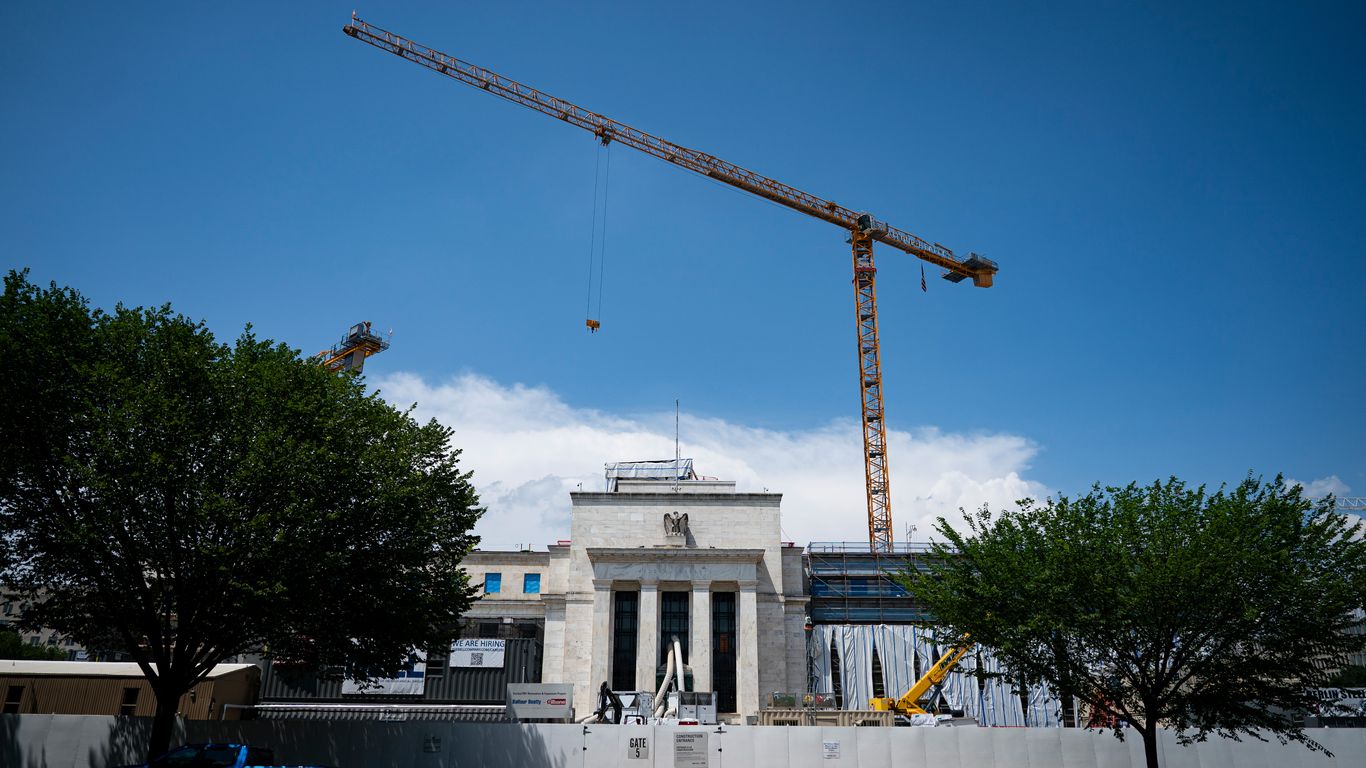Mixed Results for Bank of America's Quarterly Report

Introduction
Bank of America recently released its quarterly report, and the results have been a mixed bag. While the company exceeded analysts' expectations for earnings per share, it fell short on revenue and its net interest income, one of its main drivers.
Key Details
Despite the mixed results, Bank of America's earnings per share saw a significant increase of 21% compared to the same quarter last year. However, the company's revenue fell short by 2% and its net interest income missed analysts' expectations by 7%. This was due to the low-interest-rate environment and the Federal Reserve's decision to cut interest rates, which has impacted the bank's profitability.
Impact
The mixed results from Bank of America's quarterly report show the challenges that the bank and the financial sector as a whole are facing in the current economic climate. The low-interest-rate environment has put pressure on banks to find new sources of revenue, and the recent decision by the Federal Reserve to cut interest rates will only add to this challenge. It will be interesting to see how Bank of America and other banks adapt to these challenges and continue to drive growth in the future.
About the Organizations Mentioned
Bank of America
Bank of America, one of the largest financial institutions globally, was founded in 1904 as the Bank of Italy by Italian immigrant Amadeo Peter Giannini in San Francisco. Giannini’s mission was pioneering for its time: to serve immigrants and "the little fellows" often overlooked by other banks, reflecting a commitment to inclusive banking[1][2][3]. The bank officially adopted the name Bank of America in 1930 and grew significantly under Giannini’s leadership, who became a key figure in 20th-century American banking[1][7]. Throughout its history, Bank of America has expanded through major mergers and acquisitions, including the 1992 merger with Security Pacific Corporation, which created the nation’s second-largest bank, and the 1998 acquisition of NationsBank, which led to the formation of the current Bank of America Corporation headquartered in Charlotte, North Carolina[1][2][3][4]. It further expanded its wealth management and investment banking capabilities by acquiring Merrill Lynch during the 2008 financial crisis, establishing a strong presence in these sectors[2]. Bank of America today serves a broad client base encompassing individuals, small and middle-market businesses, large corporations, and governments, offering a comprehensive range of banking, investment, and financial risk management products and services. It operates approximately 4,600 banking centers and 16,000 ATMs across the U.S. and maintains a global commercial banking footprint[2][3][5]. Its wealth management unit is the second largest worldwide, managing over $1 trillion in assets[2]. Notable achievements include pioneering the general-purpose credit card, which evolved into the widely used Visa card, and introducing one of the first home banking products in 1983, allowing customers to manage finances electronically[4][8]. The bank has demonstrated resilience through economic challenges, repaying government aid after the 2008 crisis and maintaining strong customer satisfaction, as recognized by J.D. Power awards[2][
Federal Reserve
## Overview and Mission The Federal Reserve, often called the "Fed," is the central bank of the United States, established by Congress in 1913 to provide the nation with a safer, more flexible, and stable monetary and financial system[1]. Its mission centers on a dual mandate from Congress: to promote maximum employment and maintain price stability, ensuring the dollar retains its value over time[1]. The Fed operates through a unique hybrid structure, combining a national Board of Governors in Washington, D.C., with 12 independent regional Reserve Banks, including institutions like the Cleveland Fed[1]. This decentralized setup allows the Fed to closely monitor economic conditions across diverse regions, industries, and communities, while maintaining independence from short-term political influences[1]. ## Key Functions The Fed’s responsibilities are broad and vital to the U.S. economy. It conducts monetary policy—primarily by influencing interest rates—to achieve its employment and inflation goals[2]. The Fed also supervises and regulates banks to ensure the safety and soundness of the financial system, works to minimize systemic risks, and fosters efficient payment and settlement systems[2]. Additionally, it promotes consumer protection and community development, addressing emerging issues through research, supervision, and enforcement of consumer laws[2]. ## History and Evolution The Federal Reserve is the third central bank in U.S. history, following two failed attempts in the 19th century[1]. Its creation was a response to the financial turbulence of the early 20th century, aiming to prevent crises and stabilize the economy. Over time, the Fed has evolved, adopting more transparent and inclusive policymaking processes. For example, it now conducts regular reviews of its monetary policy framework, engaging with academics, businesses, and the public to refine its strategies and communications[3][5]. ## Recent Developments and Achievements In 2025, the Fed completed its second major review of its monetary policy strategy, tools, and communications, reaffirming its commitment to transparenc








